A complete guide to basic flowergrowing knowledge for beginners, save it!
According to the morphological characteristics of flowers, they are usually divided into two categories: herbaceous flowers and woody flowers. Flowers with soft stems are called herbaceous flowers, while flowers with hard stems are called woody flowers.
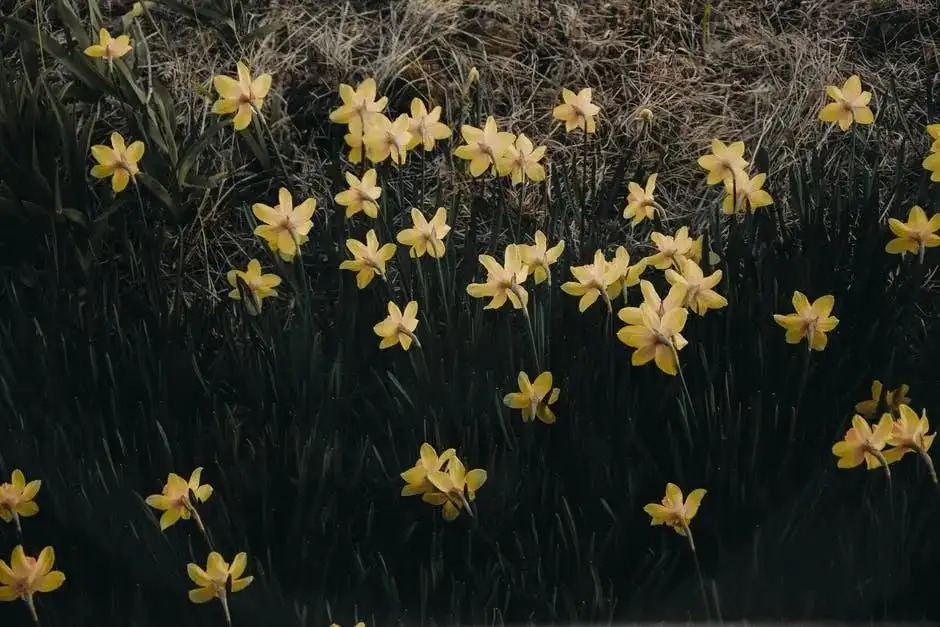
According to the classification of ornamental parts, flowers can be divided into flower-viewing types (mainly for viewing the flower color and shape, such as chrysanthemum, rose, etc.), leaf-viewing types (mainly for viewing the leaf color and shape, such as croton, variegated taro, etc.), fruit-viewing types (mainly for viewing the fruit, such as kumquat, etc.), stem-viewing types (mainly for viewing the branches and stems, such as the bachelor tree, mountain shadow boxing, etc.) and bud-viewing types (mainly for viewing the buds, such as silver willow.
In addition, based on the climatic conditions of the flowers' origins and their natural distribution, flowers are divided into tropical flowers, subtropical flowers, warm temperate flowers, temperate flowers, subarctic flowers, alpine flowers, etc. This classification method can reflect the habits of various flowers and the conditions that need to be met for their growth and development during cultivation.
2
What is the relationship between temperature and growing flowers?
Such as Milan, Poinsettia, Cineraria, Gloxinia, Fuchsia, etc. When cultivated in North China, the minimum room temperature in winter should be kept above 12℃.
Such as white orchid, jasmine, hibiscus, geranium, etc. The room temperature should not be lower than 5℃ in winter.
For example, oleander, osmanthus, kumquat, daisy, cycads, etc., the room temperature should not be lower than 0 degrees in winter. If the temperature is too high or too low, the normal physiological activities of flowers will be destroyed, growth will stop, and in severe cases, the whole plant will die.
3
What effect does light have on the growth and development of flowers?
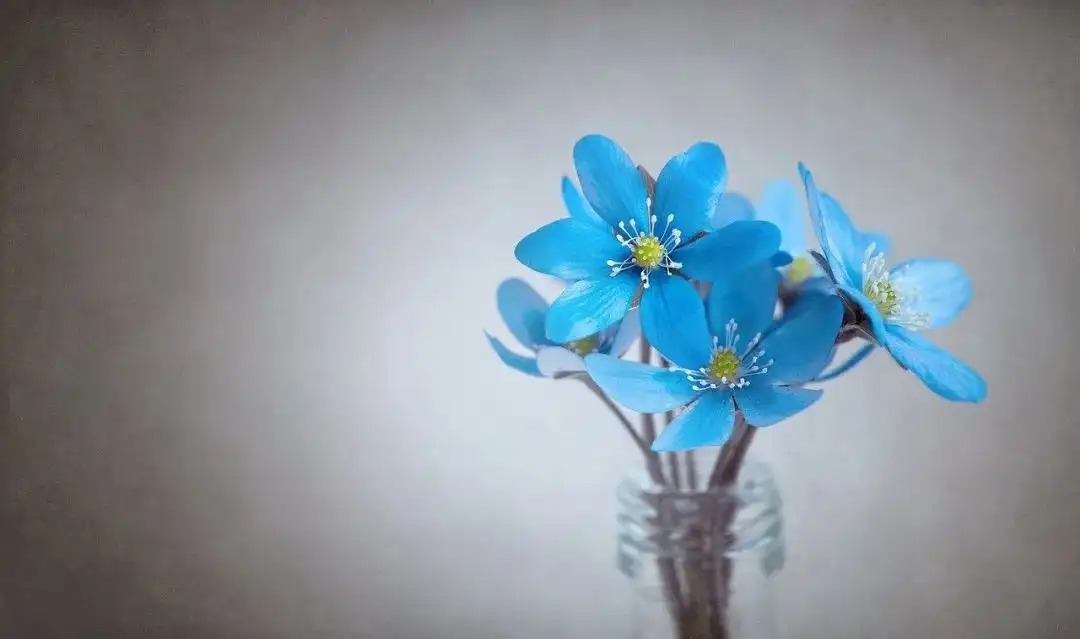
Most flowers and fruit-bearing plants are positive flowers, such as magnolia, rose, pomegranate, plum, crape myrtle, citrus, etc. There are also a few positive flowers among foliage flowers, such as cycads, palms, croton, etc. Most aquatic flowers, cacti and succulents are also positive flowers. All positive flowers like strong light and cannot tolerate shade. If there is insufficient sunlight, it is easy to cause the branches and leaves to grow too long, the tissues to become soft and weak, the leaves to become pale and yellow, it is difficult to bloom or the flowering is poor, and it is easy to be affected by diseases and insect pests.
(2) Negative flowers. These flowers
grow best in shaded environments, such as asparagus fern, camellia, azalea, hosta, green radish, dieffenbachia, ivy, gloxinia, monstera, begonia, etc. If they are exposed to strong light for a long time, their branches and leaves will turn yellow, their growth will stagnate, and in severe cases, they may even die.
(3) Neutral flowers.
They grow best in full sunlight, but they need some shade when the light intensity is high in summer, such as osmanthus, jasmine, white orchid, hydrangea, etc. In summary, different flowers have different requirements for light, and even the same flower has different requirements for light at different stages of growth and development. The amount of light required by seedlings can be gradually increased, while the positive chrysanthemum requires short-day conditions to form flower buds.
4
What effect does light have on flower bud differentiation?
Flowers can be divided into three categories according to their requirements for the length of light exposure:
(1) Long-day flowers.
Generally, flowers that need more than 12 hours of sunlight per day to form flower buds are called long-day flowers. Many flowers that bloom in spring and summer are long-day flowers, such as irises, asters, and impatiens.
(2) Short-day flowers.
Flowers that can only form flower buds when the sunlight hours are less than 12 hours a day are called short-day flowers. Poinsettia and chrysanthemum are typical short-day flowers. They can only grow under long-day sunlight in summer but cannot differentiate flower buds. After autumn, when the sunlight hours are reduced to 10-11 hours, they begin to differentiate flower buds.
(3) Medium-day flowers.
Flowers whose flower bud formation is not strictly dependent on the length of daylight are called medium-day flowers. For example, calla lily, carnation, zinnia, rose, hibiscus, etc., they have no obvious response to the length of light exposure and can bloom all year round as long as the temperature is suitable.
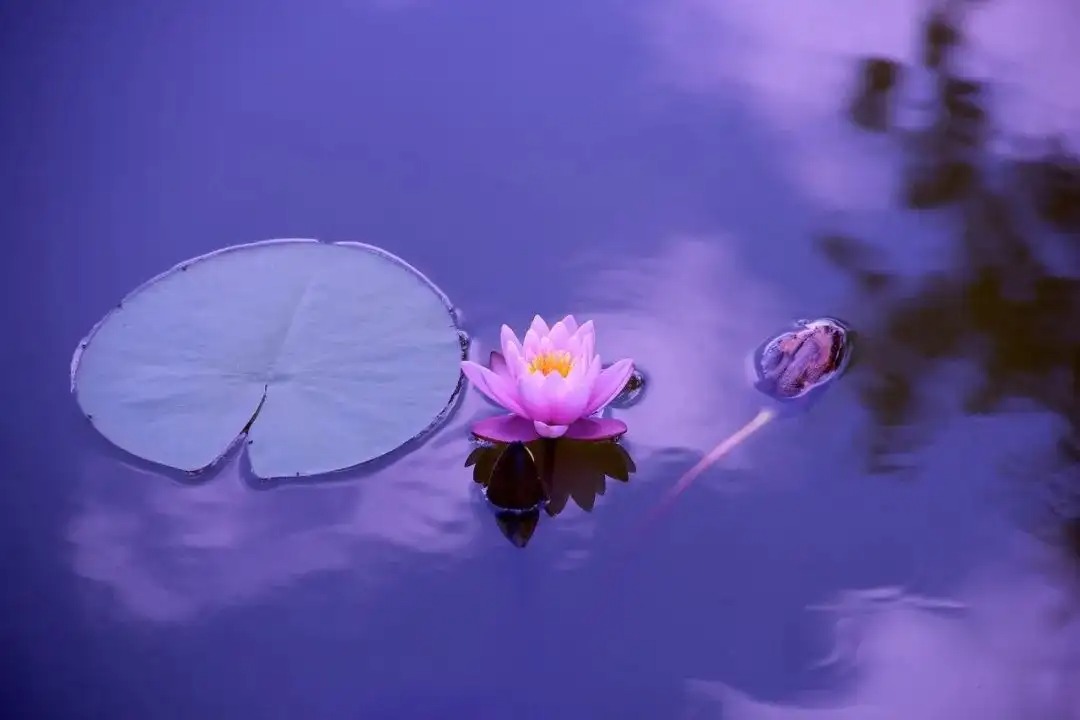
5
Effects of water on the growth and development of flowers
According to the different water requirements of flowers, flowers can be roughly divided into three categories: xerophytic, aquatic and mesophytic:
(1) Drought-tolerant flowers:
Plum blossoms, crape myrtles, crabapples, hollyhocks, nandina domestica, and succulent flowers are relatively drought-tolerant.
(2) Aquatic flowers,
such as lotus, water lily, calamus, water bamboo, etc.
(3) Mesophytic flowers.
Flowers that grow well in moist soil. Most flowers belong to this type, such as magnolia, white orchid, wintersweet, peach blossom, camellia, and bauhinia.
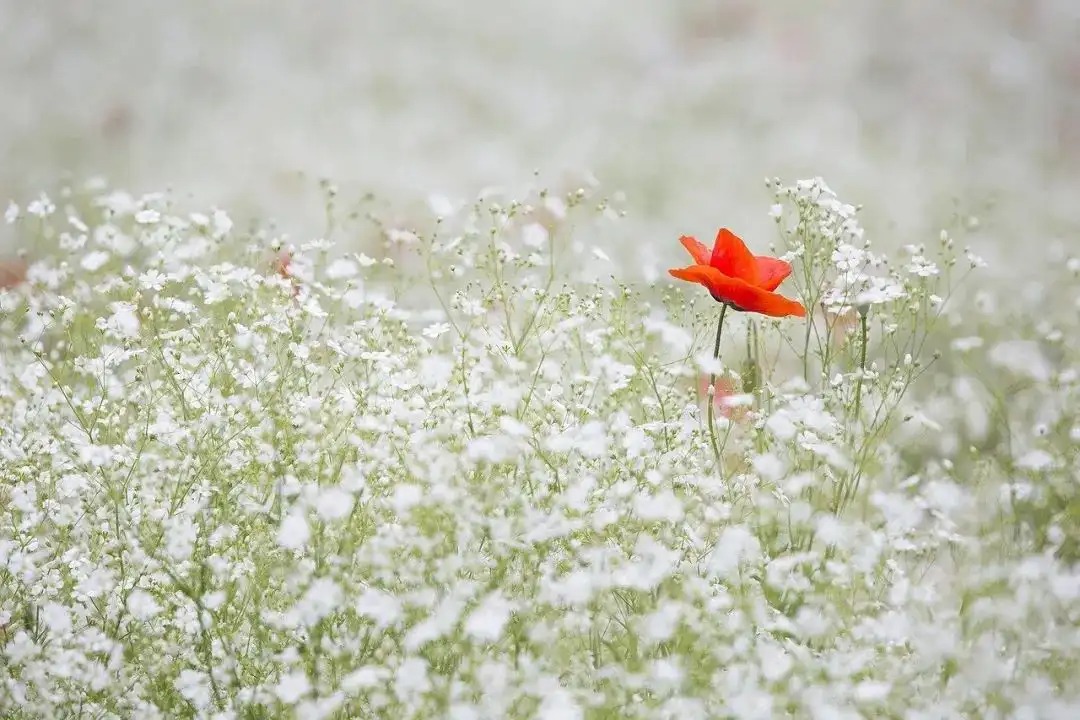
6
The influence of air humidity on flowers
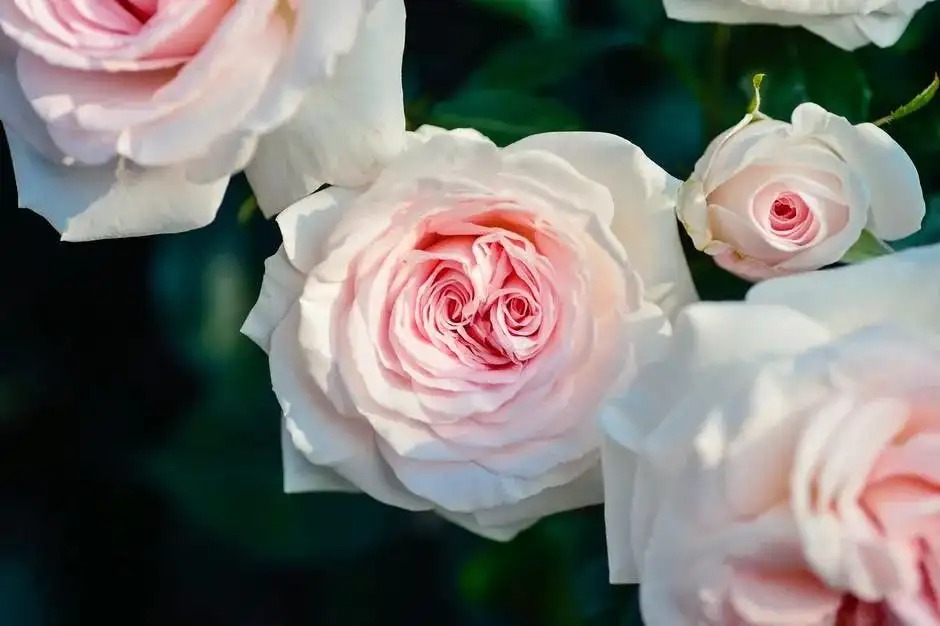
7
Why do flowers die from overwatering?
8
What are the dangers of insufficient watering of potted flowers?
If the water supply is insufficient, the leaves and petioles will shrink and droop, and the flowers will wilt. If the flowers are not watered for a long time, the leaves of older plants and the lower parts of the plants will gradually turn yellow and dry up. If most grass flowers are in a state of drought for a long time, the plants will be short, the leaves will lose their bright green luster, and even the whole plant will die.
Some flower growers are afraid of overwatering, so they water only halfway, that is, the amount of water they pour can only moisten the topsoil, while the lower soil is dry. This watering method will also affect the development of the flower roots and cause the above-mentioned undesirable phenomena. Therefore, watering should be done when the soil is dry and when it is wet, water thoroughly .
9
How to judge whether potted flowers are lacking water?
(1) Tapping method.
Use your finger joints to gently tap the middle part of the pot wall. If a crisp sound is heard, it means the soil is dry and needs watering immediately. If a dull sound is heard, it means the soil is damp and you do not need to water it for the time being.
Use your eyes to observe whether the color of the potting soil changes. If the color becomes lighter or grayish white, it means that the potting soil is dry and needs watering. If the color becomes darker or brown, it means that the potting soil is moist and you don’t need to water it for the time being.
Gently insert your finger into the soil about 2 cm deep and touch the soil. If it feels dry or rough and hard, it means the soil is dry and needs to be watered immediately. If it feels slightly damp, fine and soft, it means the soil is moist and you do not need to water it for the time being.
(4) Pinching and twisting method.
Use your fingers to twist the soil in the pot. If it becomes powdery, it means that the soil is dry and you should water it immediately. If it becomes flakes or granules, it means that the soil is moist and you do not need to water it for the time being.
The above test methods are all based on experience. They can only tell people the approximate dryness or wetness of the potting soil. If you need to know the exact dryness or wetness of the potting soil, you can buy a soil thermometer, insert the thermometer into the cover, and you can see the words "dry" or "wet" on the scale, so you can know exactly when to water.
10
What kind of water is best for watering flowers?
In the Northeast, snow water can be used to water flowers, and the effect is also very good, but it should be noted that the ice and snow must be melted and left until the water temperature is close to room temperature before use. If there is no rain or snow water, river water or pond water can be used.
If you use tap water, you must first store it in a bucket (tank) for 1-2 days to allow the chlorine in the water to evaporate before using it, which is safer.
Do not use laundry water containing soap or detergent when watering flowers, nor use dishwashing water containing oil. For cacti and other flowers that prefer slightly alkaline conditions, it is not advisable to use slightly acidic leftover tea water.
In addition, you should also pay attention to the temperature of the water when watering flowers. Whether it is summer or winter, if the water temperature is too different from the air temperature (more than 5 degrees), it is easy to damage the roots of flowers. Therefore, it is best to put the water for watering flowers in a bucket (tank) and dry it for a day, and then use it when the water temperature is close to the air temperature.
11
How to control the amount of watering for potted flowers
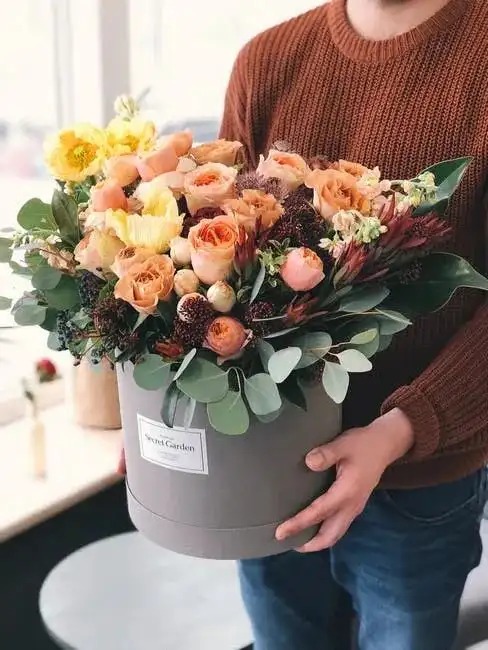
12
What is the purpose of water spray?
However, some flowers are very sensitive to water and humidity, such as Gloxinia, Calceolaria, Begonia, etc., whose leaves have thick hairs, and it is not easy for water to evaporate after falling on them, which may cause the leaves to rot, so it is not advisable to spray water on the leaves. For blooming flowers, it is also not advisable to spray too much water, otherwise it is easy to cause the petals to rot or affect fertilization, reducing the fruiting rate. In addition, the leaf buds at the top of the cyclamen tuber, the flower buds in the gerbera leaf cluster, and the pseudobulbs in the center of the Clivia leaf cluster are all afraid of water and humidity. These parts are easily damaged after spraying water.
13
How to save flowers after they wilt
The correct approach is: when you find the leaves are wilting, you should immediately move the flowerpot to a cool place, spray some water on the leaves, and water it lightly. As the stems and leaves gradually recover, gradually increase the amount of watering. If you water too much water at once, it may cause the plant to die.
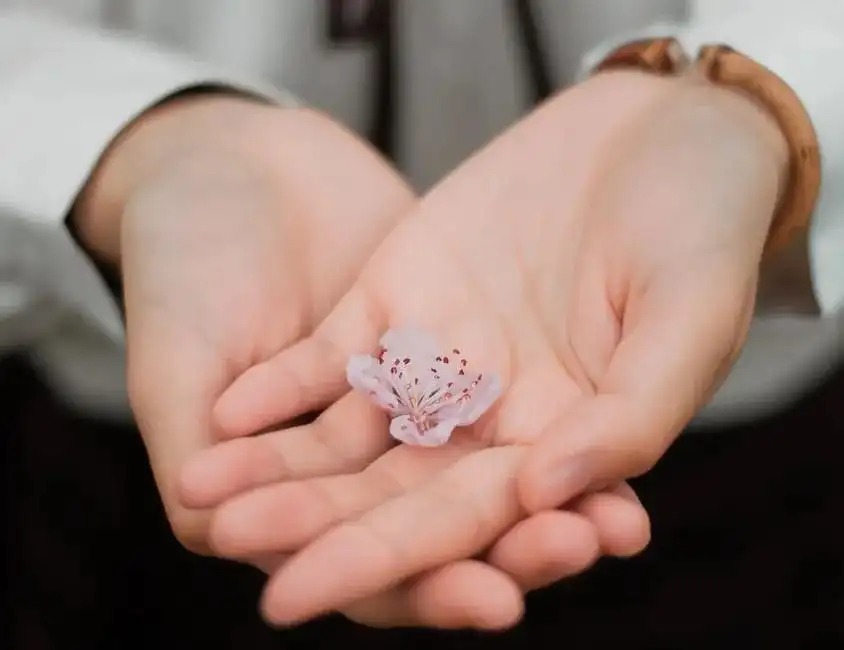
14
The role of soil
Scientific experiments have shown that the soil suitable for plant growth, by volume, contains about 38% minerals, 12% organic matter, and 15% to 35% air and moisture. According to some>
The above-mentioned culture soil is mostly neutral or slightly acidic, suitable for most flowers. For cultivating acid-loving flowers and trees such as camellia and azalea, about 0.2% sulfur powder can be added; for cultivating flowers such as cactus, about 10% wall soil peeled off from lime walls can be added.
Note: There are different opinions about the suitable pH value for some flowers and trees. The above>
Indoors are an important place for people to engage in activities in their lives, and flowers should be selected according to the following requirements.
Flowers should be shade-loving or shade-tolerant varieties, such as evergreens, orchids, monstera, spider plants, rubber trees, Clivia, etc. Some ornamental flowers are mostly positive flowers, so they should be placed in sunny places when displayed indoors, and often moved outdoors to absorb sunlight and rain.
Flowers and trees with peculiar smells should not be placed indoors. For example, the fragrance of cloves and tuberose can cause adverse reactions in some patients. Some patients with hypertension and heart disease feel stuffy and uncomfortable after smelling these fragrances. The fragrance of pine and cypress plants can reduce people's appetite, so it is not advisable to place too many or too long indoors.
The leaves, stems and juices of some flowers are toxic. They should be properly isolated when placed indoors, especially to avoid contact with children. Poinsettia, five-color plum, oleander, tiger thorn, king whip, Lycoris, etc. are all toxic, but in fact, the toxicity is relatively low. As long as the leaves, branches, flowers and fruits are not picked casually, it will generally not cause poisoning. More attention should be paid when cultivating.
The bedroom should be clean, elegant and comfortable. South-facing bedrooms have plenty of light, so you can choose flowers that like sunlight and warmth, such as Milan, hibiscus, rose, white jasmine, kumquat, cactus and succulents. East-west-facing bedrooms have short sunlight hours, so you can choose semi-shade-tolerant flowers, such as camellia, azalea, gardenia, Michelia, asparagus, and dieffenbachia. North-facing bedrooms have poor lighting conditions and low temperatures, so you should choose Clivia, Chlorophytum, Rubber Tree, Monstera, Asparagus and rock bonsai.
The living room layout should be quiet, elegant and generous, with small and elegant as the main features. You can choose Milan, Osmanthus fern, jasmine, asparagus fern, bergamot, kumquat, etc. You can place foliage plants in the corners, such as money tree, areca palm, bamboo palm, miniature coconut palm and ferns.
(2) Balcony flower selection:
The balcony is small in size, windy and dry, with high temperatures in summer and fast evaporation of water, but it has sufficient light and good ventilation, which is very beneficial for some light-loving and drought-resistant flowers.
The convex balcony is exposed on three sides and has good sunlight. You can build a flower rack to plant climbing flowers, such as morning glory, grapes, and five-leaf ivy. You can also set up a flower rack to display roses, pomegranates, Milan, jasmine, and bonsai. You can hang shade-tolerant spider plants and ferns on the top of the balcony. The back of the balcony is a semi-shady environment, where you can place Nandina domestica and Clivia.
The recessed balcony has only one side exposed and the ventilation conditions are poor. You can build trapezoidal flower racks on the walls on both sides to display flowers and trees.
What kind of soil do plants need?
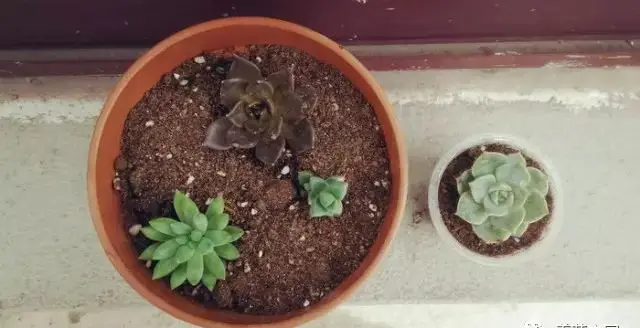

Common types of soil for growing flowers
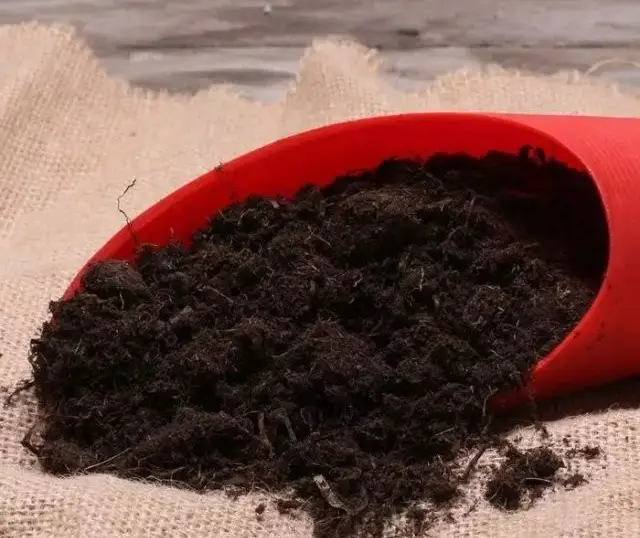
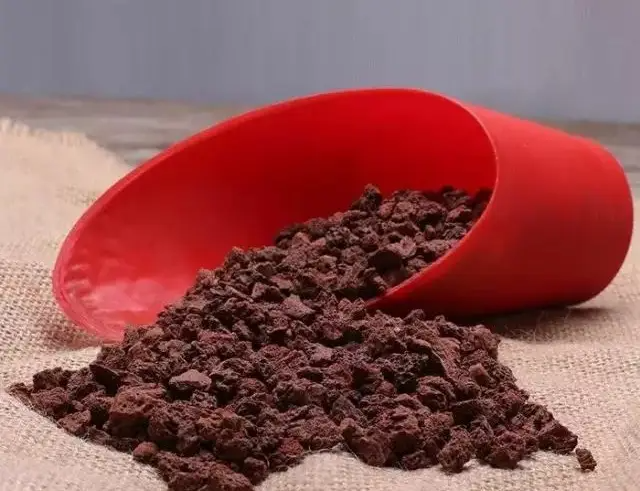
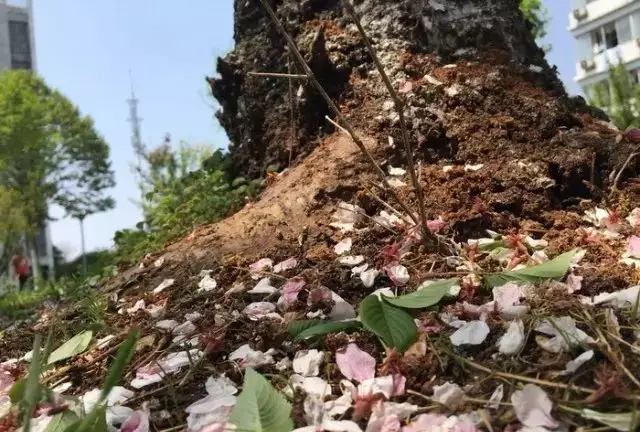
How to choose soil
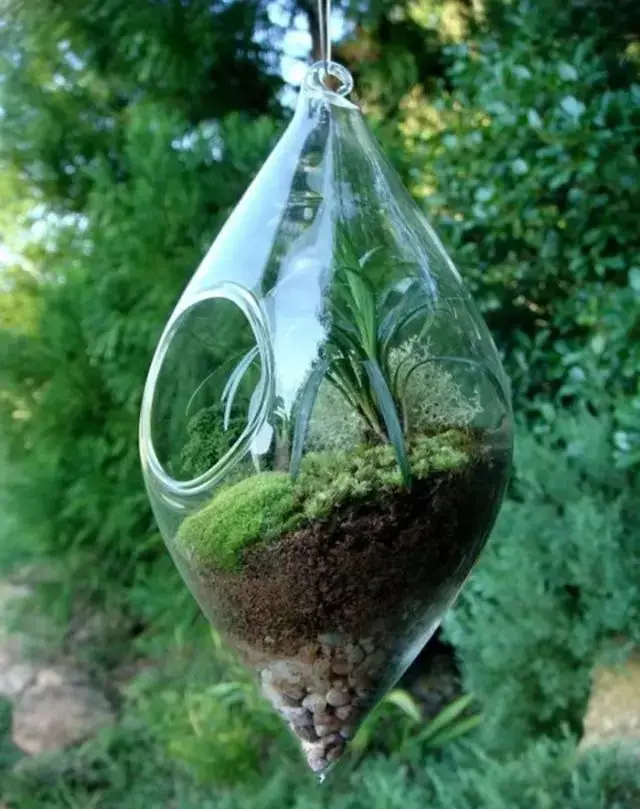
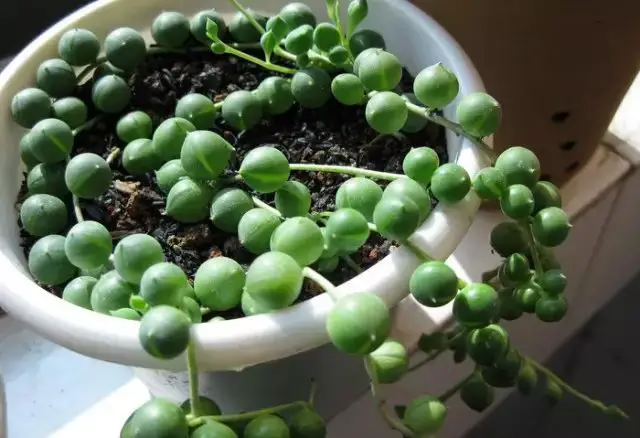
Source: Planting flowers